Perched at the foot of Tatipu Hill on Lhasa’s northern outskirts, Sera Monastery – meaning “Wild Rose” – traces back to the once-vast carpets of wild roses that painted the surrounding valleys in vibrant hues each spring. In its golden age, this spiritual sanctuary housed over 5,000 monks, evolving into a paramount hub for Buddhist scholarship where ancient texts were meticulously studied, debated, and preserved.
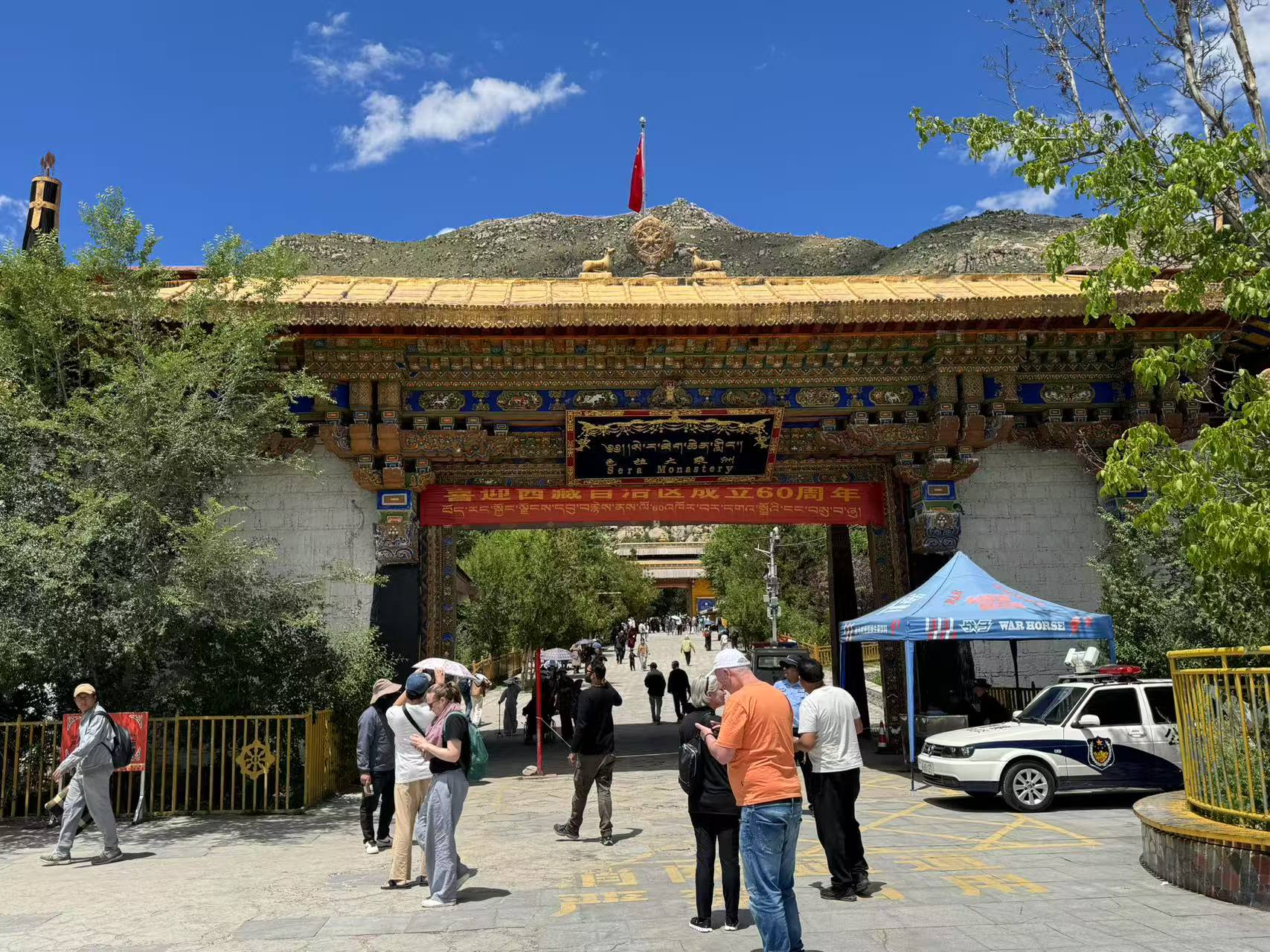
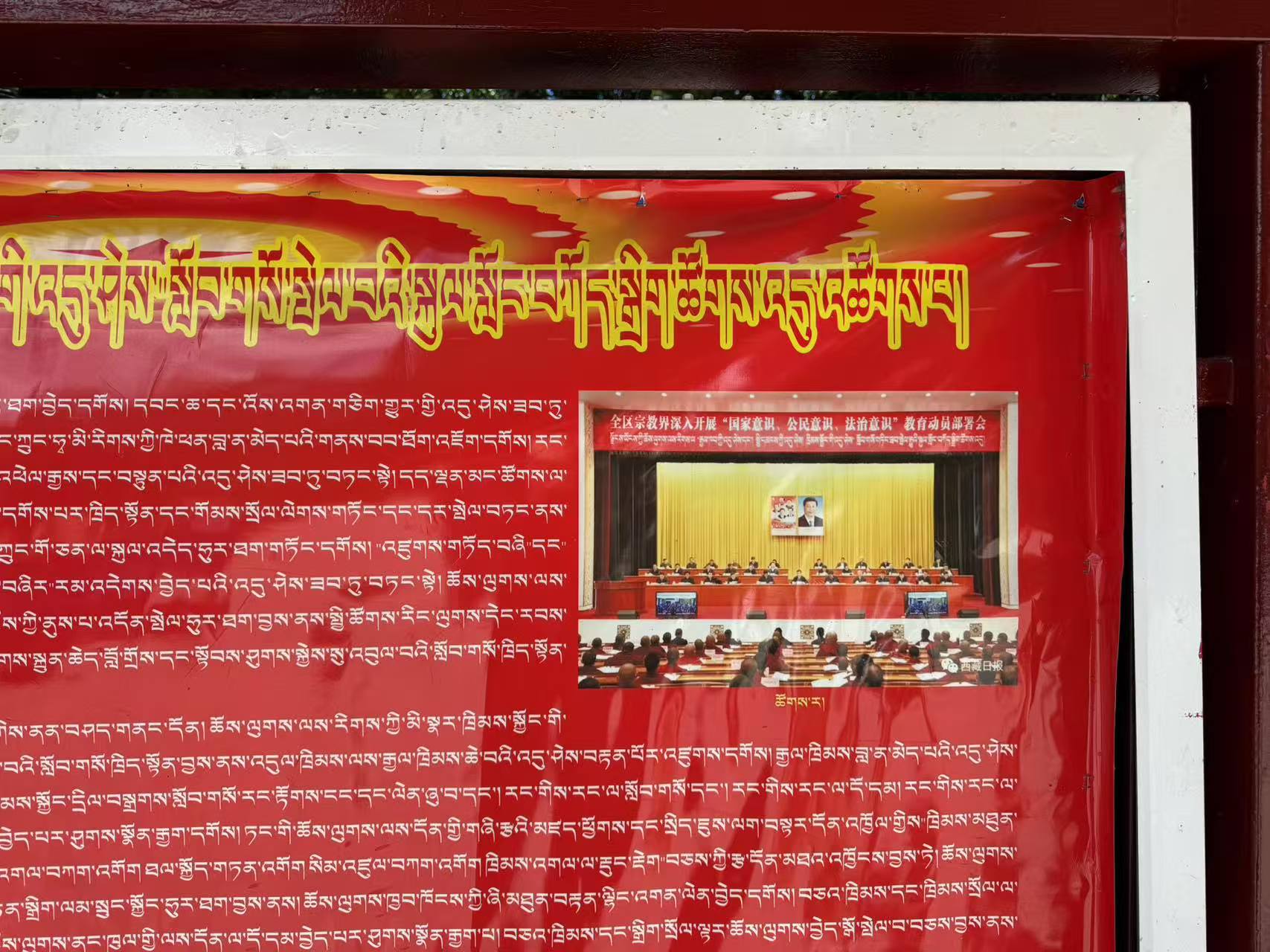
Table of Contents
The History of Sera Monastery
Sera Monastery is one of Tibet’s revered “Three Great Monasteries”, emerged in 1419 under the guidance of Jamchen Chojey, a devoted disciple of Tsongkhapa, the visionary founder of the Gelug school.
Through the centuries, Sera weathered countless storms – political upheavals that shook the Himalayan region and even periods of suppression. Yet, like the resilient wild roses that gave it name, the monastery endured.
It played a pivotal role in preserving Tibetan Buddhist teachings during turbulent times, with monks secretly safeguarding sacred scriptures and passing down oral traditions through generations. This unwavering dedication solidified its status as not merely a religious institution, but a fortress of knowledge that sustained the intellectual soul of Tibetan Buddhism.
The Architectures of Sera Monastery
Sera Monastery’s architectural complex is a masterful symphony of form and function, spreading across the hillside like a carefully woven tapestry.
Its layout revolves around three distinct colleges – Je, Me, and Ngagpa, each a self-contained world with specialised halls for teachings, meditation chambers, and modest living quarters where monks reside in simple yet serene cells.
The crown jewel is undoubtedly the Great Assembly Hall (Tsokchen), a majestic structure whose massive wooden columns (some reaching over 15 meters!) were hauled from distant forests by devout believers centuries ago. Inside, walls are draped in murals that tell epic tales from the Buddha’s enlightenment to the triumphs of Tibetan saints, painted with mineral pigments mixed with gold dust and plant extracts, granting them an otherworldly luminosity that has defied time. Gilded statues of Shakyamuni Buddha and Maitreya, some standing over 10 meters tall, gaze down with compassionate eyes.
Winding stone paths connect the main buildings, flanked by whitewashed walls etched with sacred mantras. Small chapels tucked into the hillside house rare relics from ancient manuscripts wrapped in silk to fragments of bone from revered lamas.
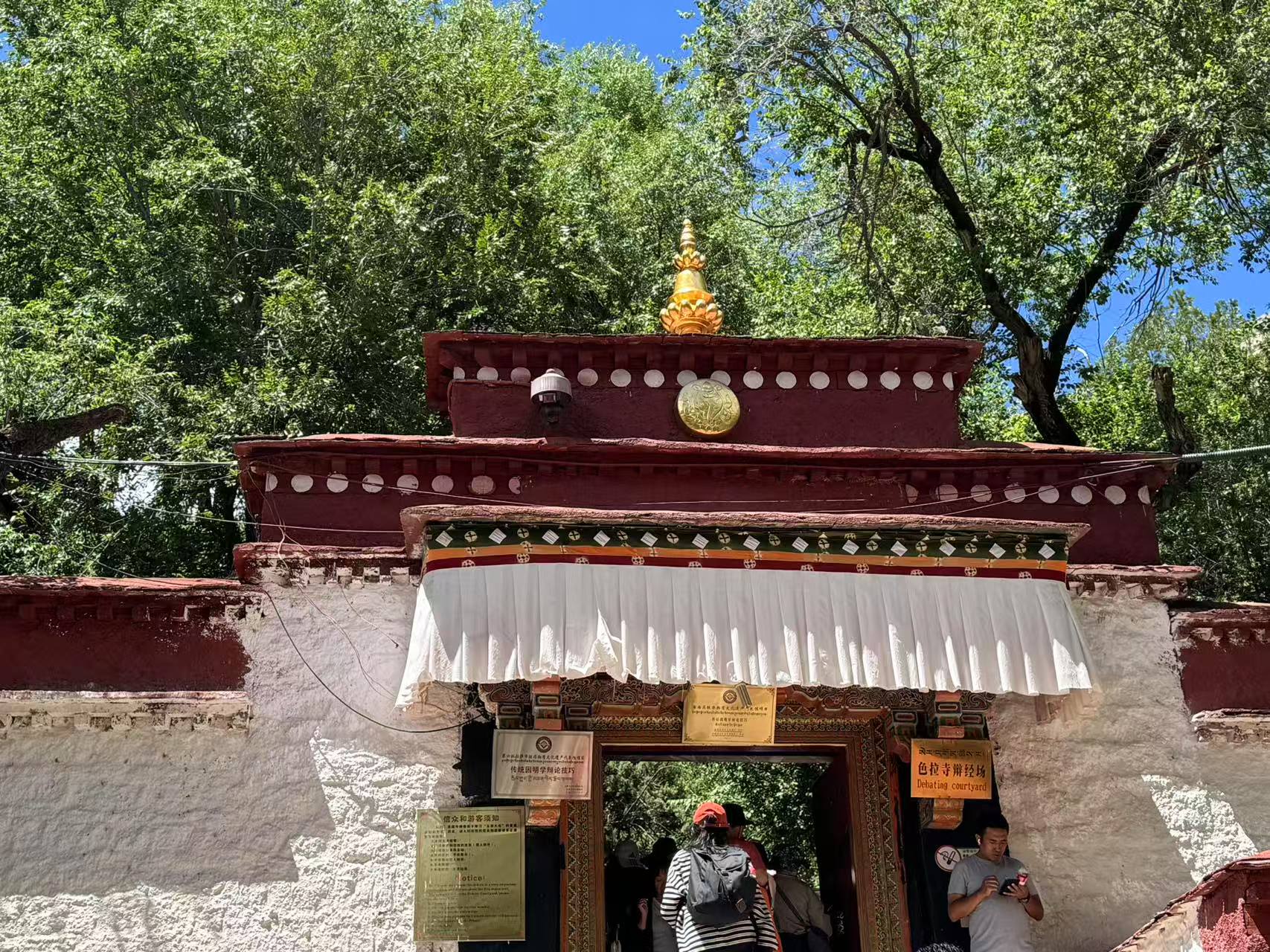
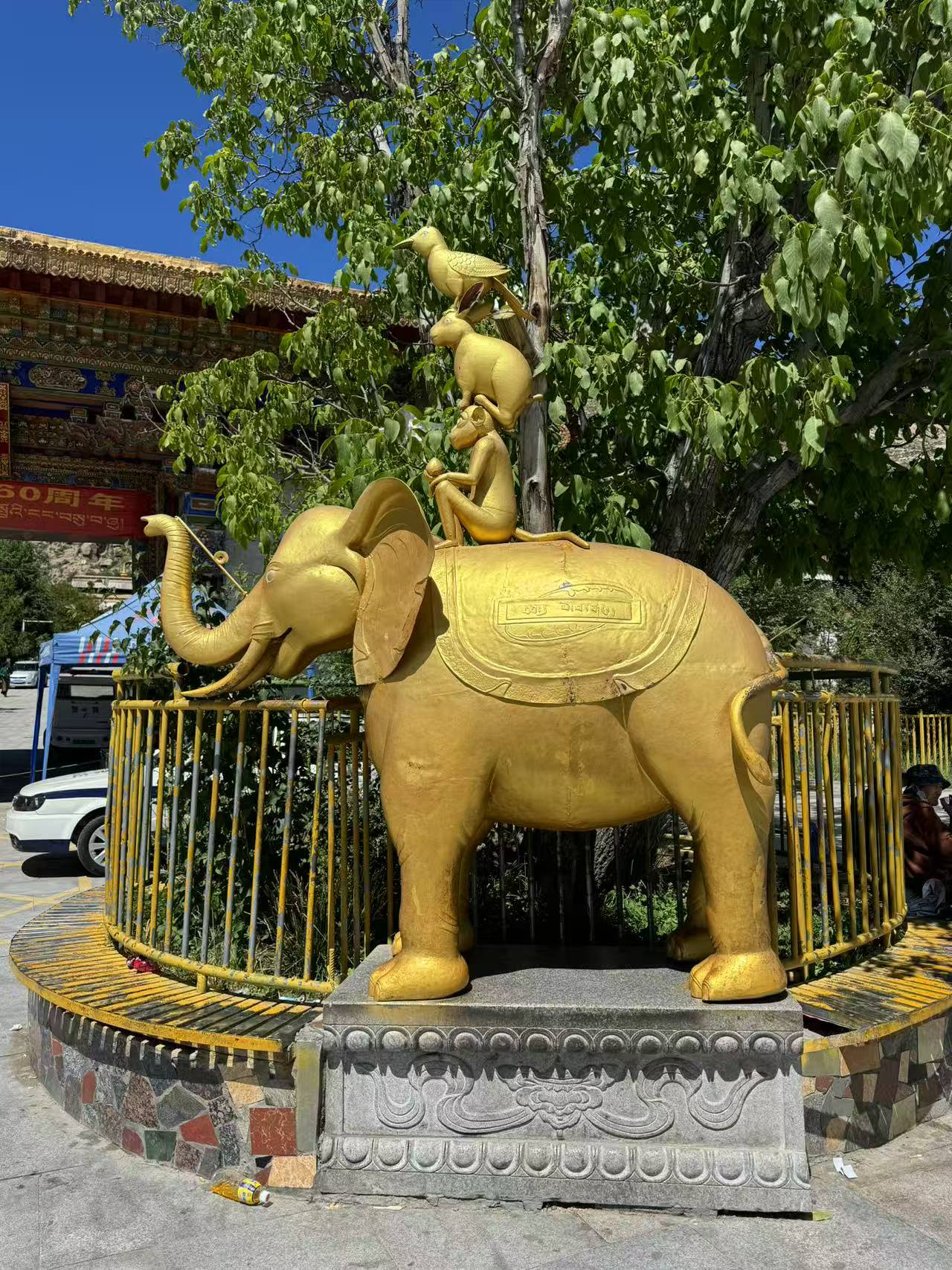
Religious Activities of Sera Monastery
Sera Monastery’s most captivating spectacle is its daily monk debates – a tradition honed over six centuries.
In the sun-dappled courtyard of the Je College, rows of monks in maroon robes engage in intellectual combat. A standing monk claps his hands sharply to emphasise a point, his voice rising as he poses intricate questions about Buddhist philosophy, while his seated opponent responds with equally passionate rebuttals, gesturing wildly with hands and arms. These debates are no mere intellectual exercises; they are a form of spiritual training, designed to sharpen the mind and deepen understanding of the dharma. The clapping, it is said, serves to awaken dormant wisdom and dispel the devils, while the dramatic gestures dispel ignorance.
During the Monlam Prayer Festival, monks spend weeks preparing elaborate butter sculptures. Pilgrims from across Tibet converge, spinning prayer wheels and prostrating themselves before the monastery, their voices merging in a collective prayer that seems to lift toward the heavens.
Even on ordinary days, the sound of horns and drums echoes through the valleys during afternoon prayers, a reminder of the unbroken spiritual current that flows through Sera.
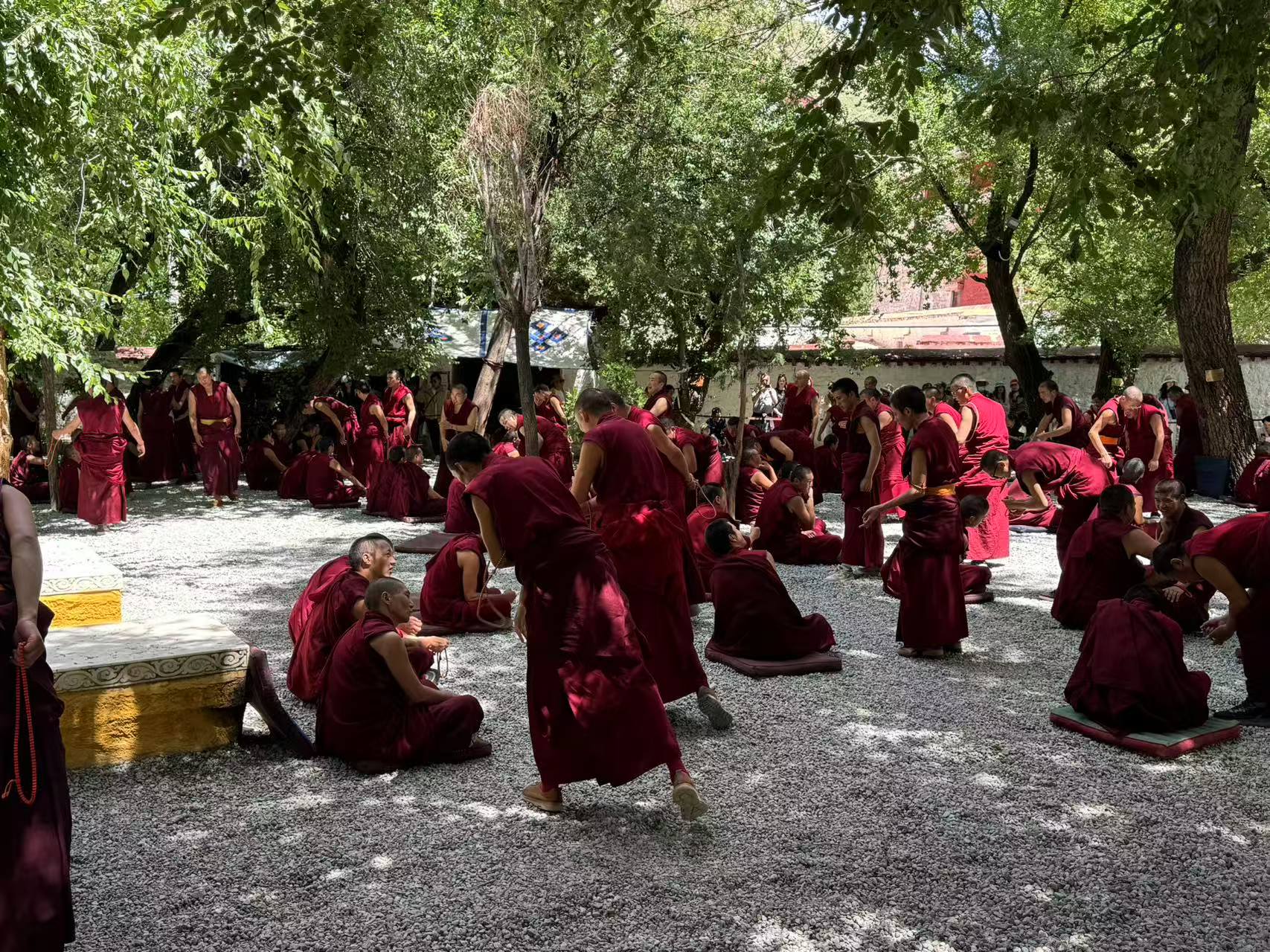
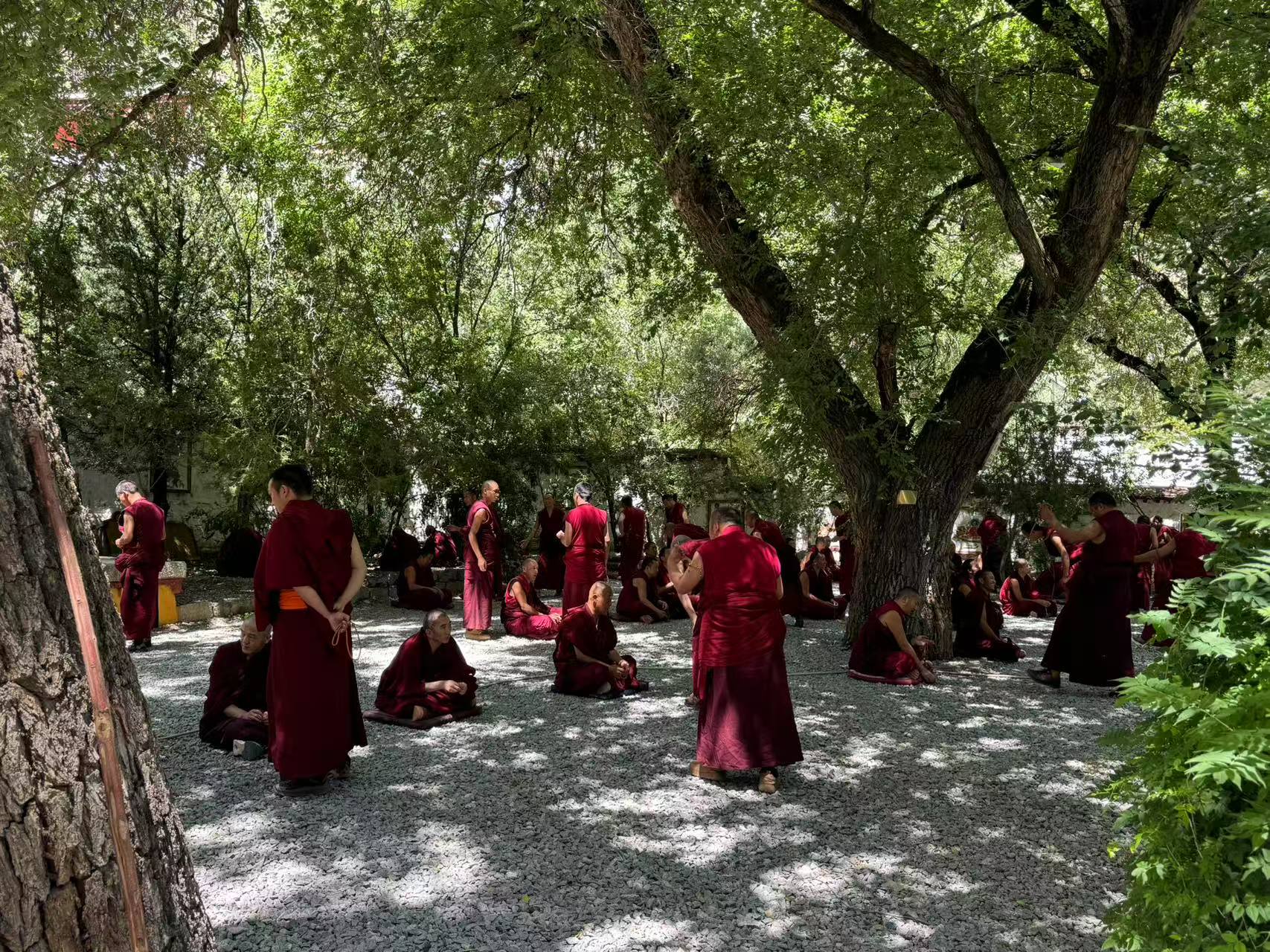
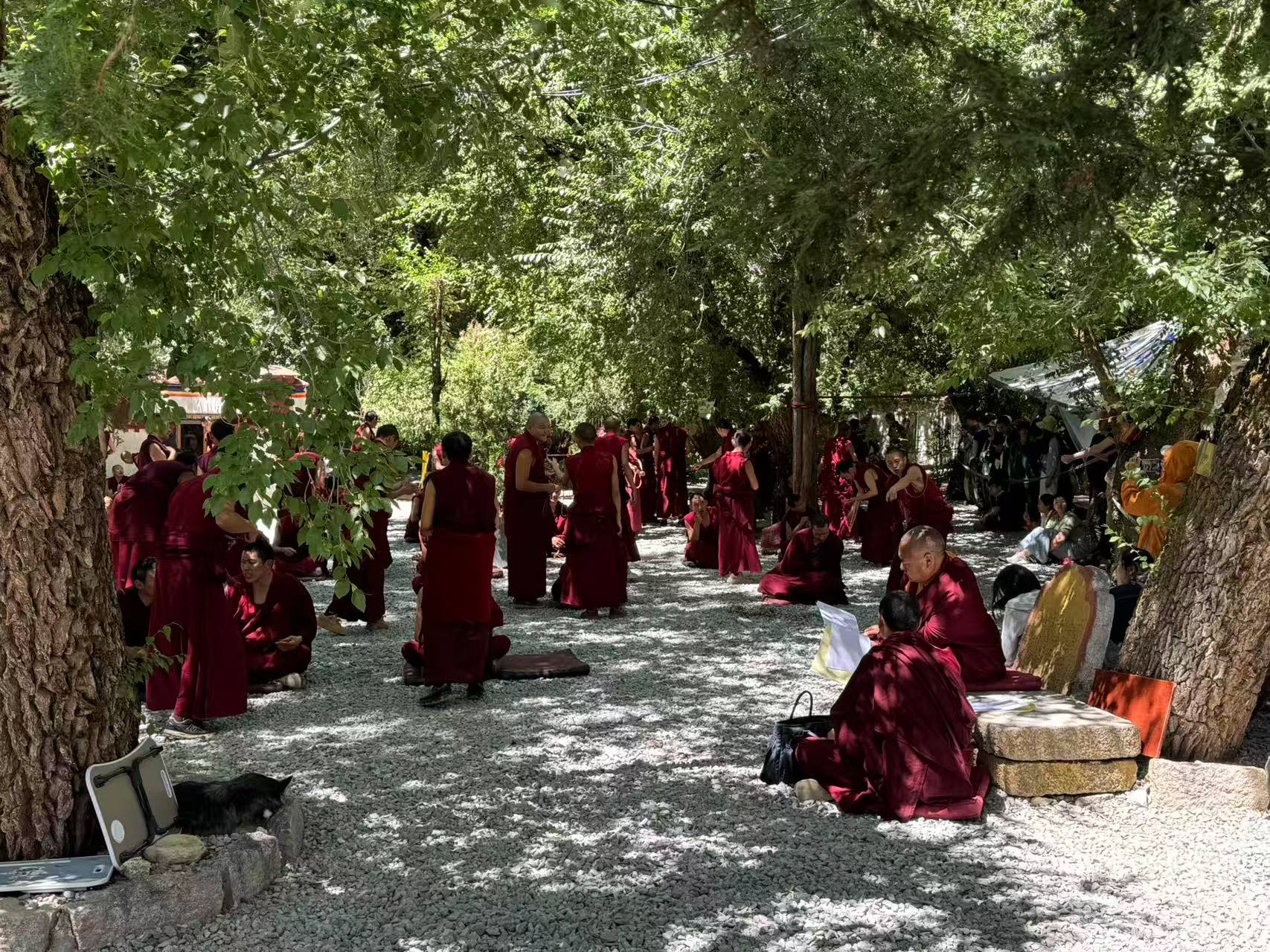
Conclusion
Sera Monastery is a living, breathing entity where the past and present converge. Its stones hold the whispers of generations of monks who dedicated their lives to spiritual pursuit, its debates and prayers are vibrant practices that continue to shape Tibetan identity.
YPT’s Tibet Roof of the World tour will equip you with a local professional guide and will take you to every essential monastery of Tibet.
Click here to read more about our China tours.





